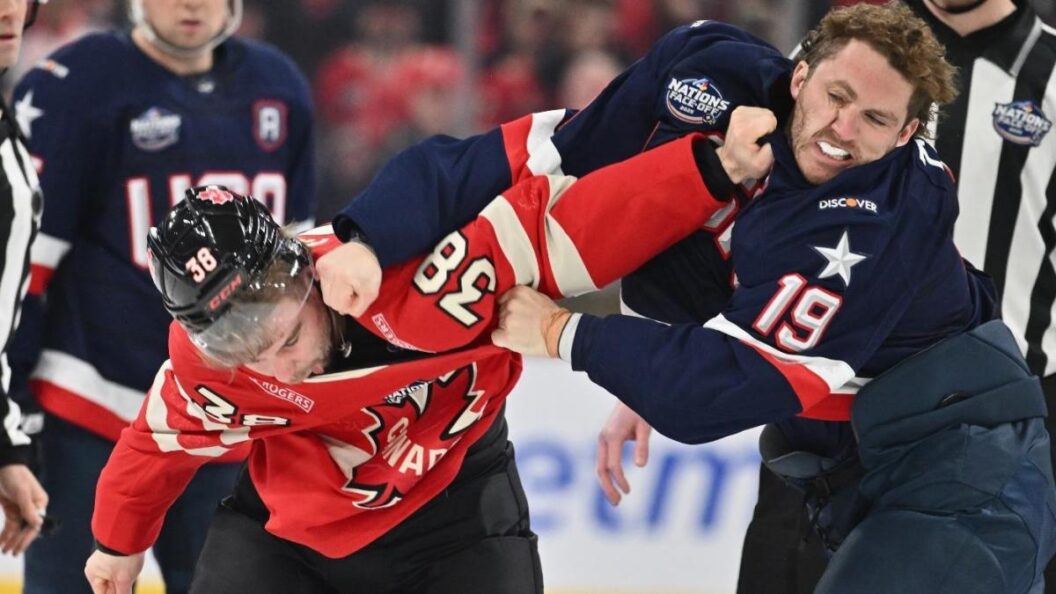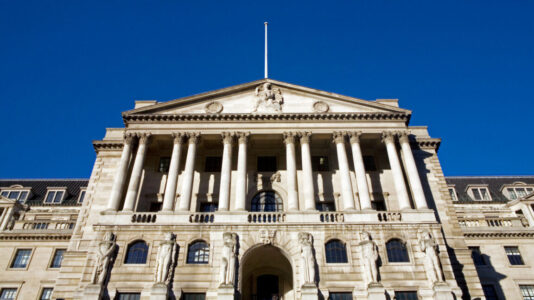Rising Animosity: U.S. and Canada Clash on the Ice
Tensions between the United States and Canada were palpable during the recent 4 Nations Face-Off matchup held at Montreal’s Bell Centre. Noteworthy displays of animosity, including the booing of the U.S. national anthem by Canadian fans and a rapid series of fights among players, set a tense tone for the game. These events signal a resurgence in a long-standing hockey rivalry, now intensified by political undercurrents.
Booing the Anthem: A Disturbing Trend
The booing of "The Star-Spangled Banner" has emerged as a trend among Canadian fans, as witnessed during Team USA’s previous game against Finland on Thursday, where similar sentiments were expressed. As the U.S. anthem played on Saturday night, discontent echoed in the arena, illustrating the affected atmosphere surrounding this rivalry. This behavior has drawn criticism from players and commentators alike.
Brad Marchand of Team Canada highlighted the disrespect towards veterans that such actions signify, stating, “The anthems are there as a sign of respect because of our veterans and all that they’ve sacrificed.” He further emphasized that players have no influence over political issues and that booing the anthem reflects poorly on both the sport and its participants.
In a more succinct reaction, Matthew Tkachuk of Team USA expressed his disapproval, commenting, “I didn’t like it, and that’s all I got.”
A Fiery Start to the Game
As if the anthem controversy wasn’t enough, the ice was instantly heated when conflicts erupted immediately after the first puck drop. Almost immediately, Matthew Tkachuk squared off with Brandon Hagel, followed by his brother Brady Tkachuk throwing down with Sam Bennett just moments later. Within a span of mere seconds, Team USA’s JT Miller engaged in a frantic encounter with Canada’s Colton Parayko. This rapid succession of fights underscored the heightened rivalry, reminiscent of historic confrontations between the two nations.
Political Underpinnings of the Rivalry
The boos and fights on the ice are not merely about hockey; they are influenced by a broader context rooted in political tensions. The animosity has historical connections, including past conflicts involving trade and diplomacy, notably during former President Donald Trump’s administration. Trump’s proposals, such as imposing tariffs on Canada and his controversial suggestion that Canada should become the 51st state, have stoked flames of discontent that fans and players alike bring into arenas.
Players’ Perspectives on the Rivalry
The players involved have expressed their frustration with the toxic atmosphere that political landscapes create for the sport. While Marchand articulated respect for veterans and pointed out that athletes should be disengaged from political discourse, the reality remains that their sporting environment has been affected by these larger societal factors. Matthew Tkachuk’s brief remark mirrors a shared sentiment among many athletes who prefer to focus their energy on gameplay rather than external conflicts.
Conclusion: A Rivalry Reignited
The latest events in Montreal serve as a stark reminder of how sports can often reflect and amplify societal tensions. The resurgence of hostility in the U.S.-Canada hockey rivalry, fueled by both historical animosities and contemporary political issues, suggests that this narrative will continue to develop. As the hockey world witnesses these confrontations on the ice, the question remains: can sports remain a unifying force, or will they become increasingly intertwined with the challenges presented by real-world conflicts? This narrative not only raises questions about the nature of rivalry in sports but also about the broader impact of political strife on cultural and social practices.









